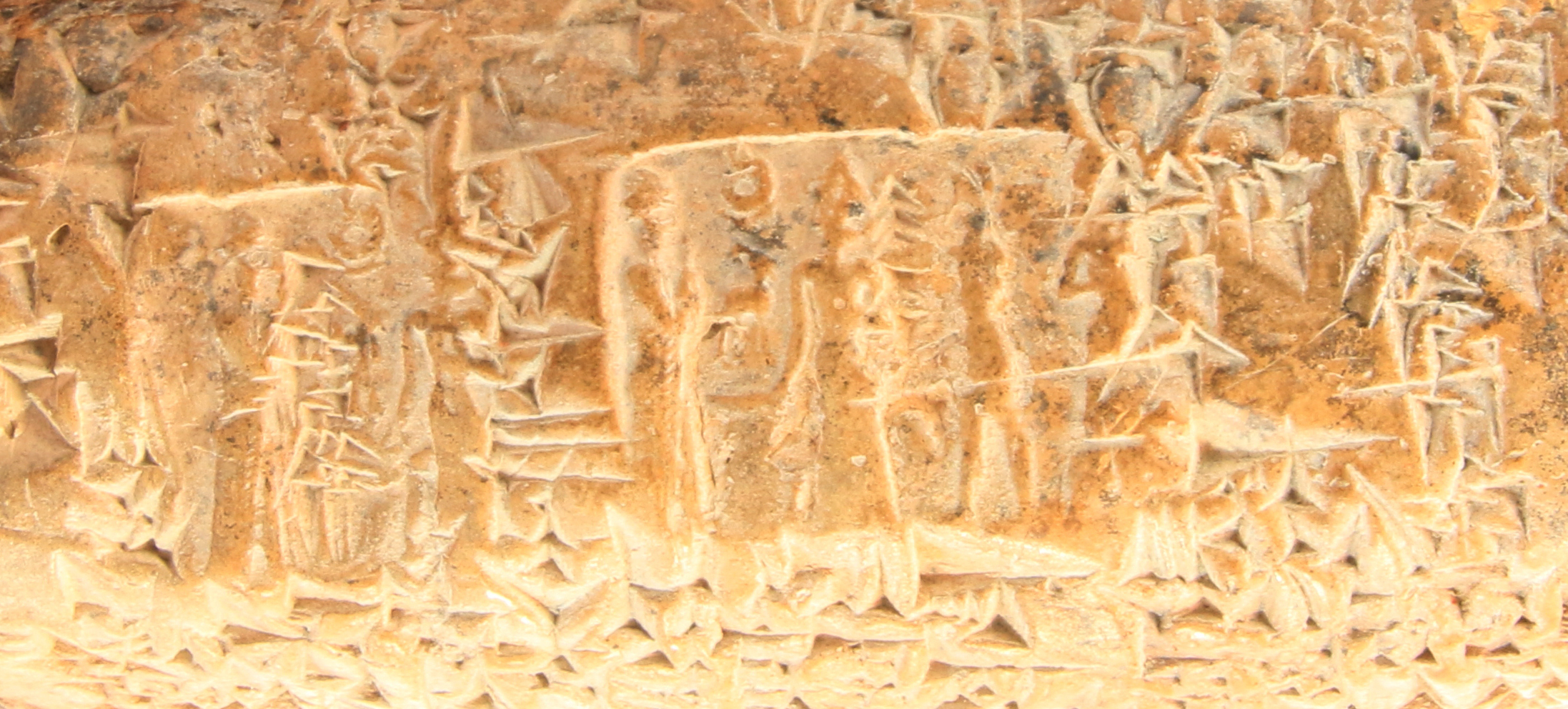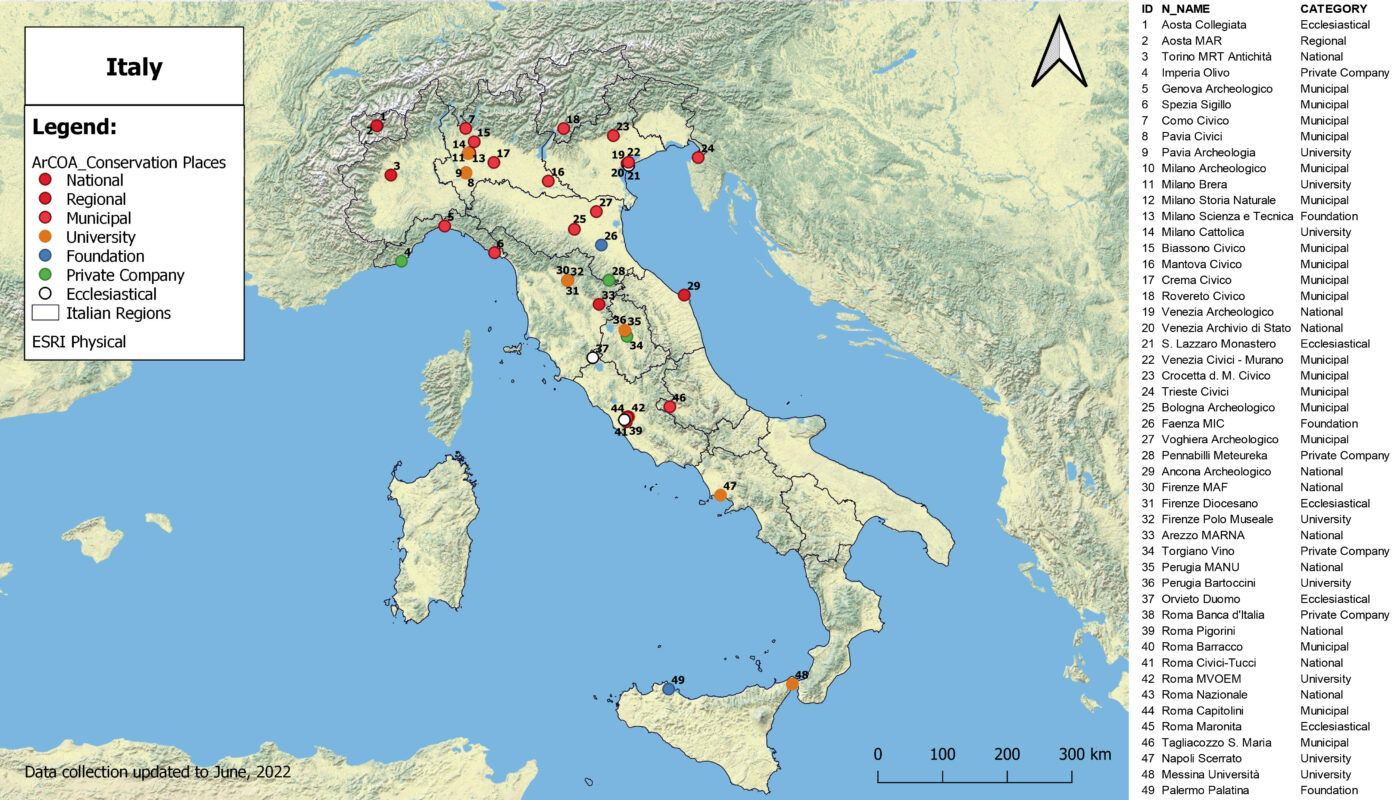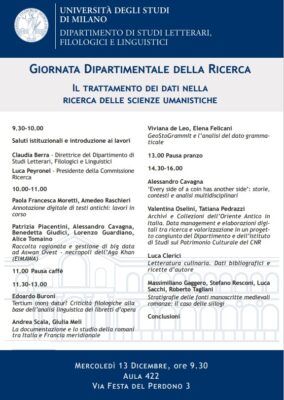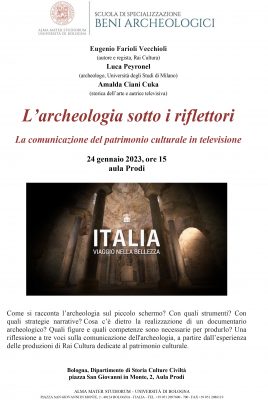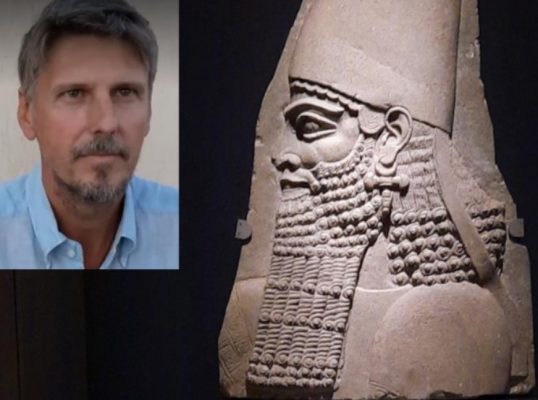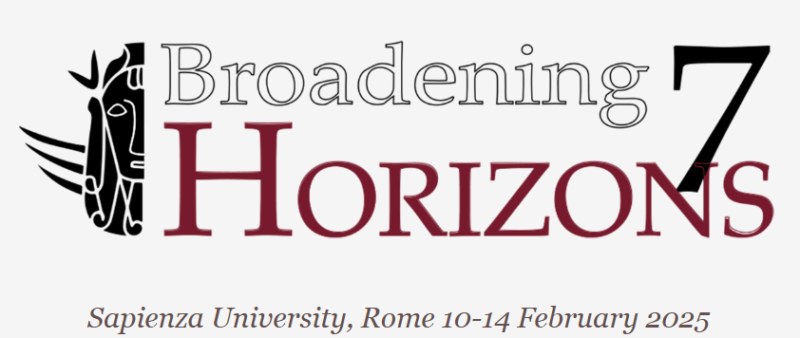ArCOA – Ancient Near Eastern Archives and Collections
ArCOA – A research project involving the study, enhancement and divulgation of the Near Eastern museum collections and archives present in Lombardy and elsewhere in Italy. ArCOA is a joint project of the University of Milan and the Institute of Cultural Heritage Sciences – CNR, with an interdisciplinary team of Italian archaeologists, assyriologists, museum curators, and IT and multimedia experts, coordinated by Luca Peyronel and Tatiana Pedrazzi. ArCOA cooperates with museums, institutions, and universities, such as the archaeological museums of Como and Milan, the Department of Historical Studies of the University of Turin, and the Musei Reali of Turin for the dissemination in Italy of information concerning ancient cultures of Western Asia. We are implementing an open-source, open-access database for research and a user-friendly website, we are working on the 3-D models of artefacts kept in the museum collections – as well as organizing social engagement and crowd-sourcing activities to increase public awareness of the cultural heritage of the Middle East.
Objectives and methodologies
The ArCOA project has three main objectives: the first concerns the mapping of the artefact collections from the Ancient Near East held in Italian museums and accessible public and private institutions. These are registered in a dedicated digital database, which enables these collections to be catalogued and made accessible in a unified archive. The collections included adhere to specific criteria: they are preserved in Italy, subject to national legislation and belong to museums or public institutions. Private collections are also considered, but only if they are accessible for scientific research and the public. Special attention is paid to ecclesiastically owned collections, especially those of the Catholic Church, which are protected by the State but subject to agreements with the Ministry of Culture (MiC) and the Italian Bishops’ Conference (CEI). Most importantly, materials acquired after the 1980s are only included if it is possible to trace their provenance from legally declared collections.
The second objective is to promote awareness of the cultural heritage of the Ancient Near East among the general public, through the communication of stories related to the artefacts, the collections and the people involved in the acquisition of the objects, as well as the movements and contexts of the artefacts in the countries of origin. In order to do so, the ArCOA website was launched in 2024, with an intuitive interface based on storytelling principles. The site offers textual content, 3D models of the artefacts and a web-GIS platform that will allow interactive exploration of the collections in Italy and the archaeological sites of origin in the Ancient Near East.
The third objective is to build a collaborative network between researchers, institutions and associations interested in the dissemination and enhancement of the collections. This network fosters activities of public involvement and inclusive participation, promoting knowledge of the cultural heritage of the Ancient Near East. The project also has important spin-offs in the field of university education, offering students the opportunity to participate in the creation of the database, the analysis of artefacts and cultural valorisation initiatives through storytelling and multimedia communication activities.
The Ancient Near East Collections in Italy
The ArCOA project identified 50 sites for the preservation of archaeological finds in Italy, located in 33 cities under different administrative status (state, regional and municipal museums, universities, foundations, ecclesiastical collections and private companies). Most of them are located in the northern and central regions of Italy, but some can also be found in the south; the only regions without known collections are Molise, Puglia, Basilicata, Calabria and Sardinia.
In contrast to those assembled by the large European and American institutions during the 19th and 20th centuries, the collections of artefacts preserved in Italy are smaller, but spread more widely over the territory, due to the particular way in which they were assembled. The limited archaeological activity in Mesopotamia before the Second World War (with the exception of the Florence Museum’s 1933 expedition to Qasr Shemamok) meant that Italy did not form large collections like other European countries. However, Mesopotamian artefacts still arrived in Italy through donations as well as through the antiquities market of the time. A decisive contribution was made from travellers and private collectors, testifying to intense contacts between the lands of the Ancient Near East and the Italian peninsula. Moreover, religious institutions also collected artefacts linked to biblical territories.
In the 20th century universities and specialised museums, such as the MIC in Faenza, assembled collections for educational purposes or for the display of specific material classes, through exchanges and donations. Today, the largest Italian collections are held at the Musei Reali in Turin and the Museo Archeologico Nazionale in Florence.
The collections mainly consist of cuneiform tablets, seals, terracotta figurines, pottery and Neo-Assyrian reliefs, but there are also stone, metal and terracotta tools, jewellery and a few sarcophagi.
Collections from Lombardy
Some museums in Lombardy have been the first partners in ArCOA’s activities: the “Paolo Giovio” Civic Museum in Como, where the pilot project took place; the ‘Carlo Verri’ Civic Museum in Biassono; the Civic Archaeological Museum in Milan. Afterwards, eight other museums which hold collections from Ancient Near East were identified: Milan’s Natural History Museum, Museum of Science and Technology, Museum of the Brera Picture Gallery and the Catholic University; Pavia’s Civic Museums and Museum of the University; Mantua’s Museum of Ancient Collections (MACA); and Crema’s Civic Museum.
Particularly exemplary is the story of the Como Museum’s collection. A large part of the exhibits (and all of those from the Ancient Near East) belong to a former private collection donated to the museum in the early 20th century: the Garovaglio Collection. This was assembled during the second half of the 19th century by the intellectual-traveller Alfonso Garovaglio. He made two trips, through Egypt and Palestine (1869) and through Anatolia, Syria and Mesopotamia (1886-87), acquiring a considerable amount of ancient artefacts on the antiques market. In the following years, this collection was increased with gifts received by other intellectuals and archaeologists. In addition to this material, the museum also holds Garovaglio’s personal archive, which includes some extraordinary travel notebooks with freehand drawings.
The great importance of ArCOA’s communication activities in this case is amplified by the long period of closure that the “Paolo Giovio” Museum has been going through in recent years. Thanks to the website, the online database and ArCOA’s dissemination activities, its collection of ancient near-eastern artefacts is still accessible to the public.


